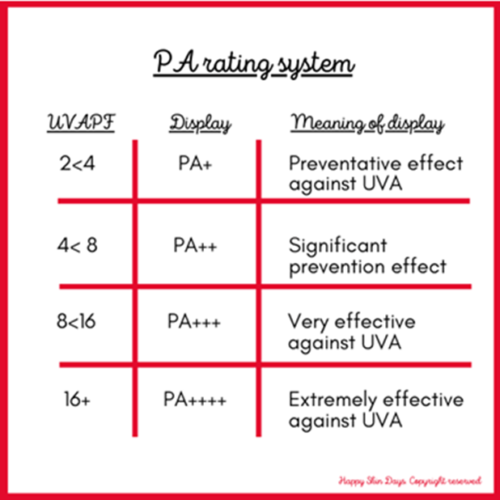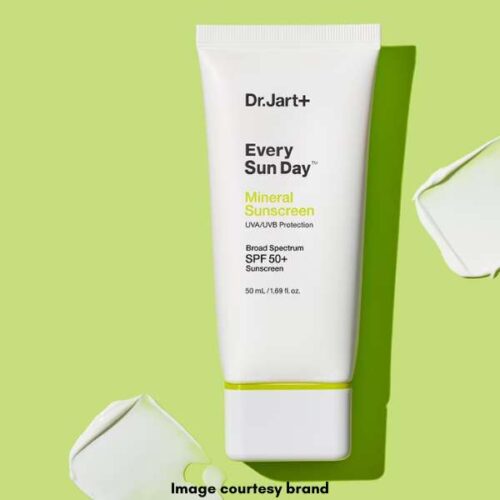I am at No 20 on the #sephora #bestselling #sunscreen list, which is a K-beauty mineral sunscreen. After Innisfree (no 1 spot), this is only the 2nd South Korean sunscreen. It has an SPF of 43 and a PA+++.
1) What do I think?
It’s a US$ 50 sunscreen for 50ml, so I think its expensive for what it is and as you’ll read more of my blogs (when I review European sunscreens), you’ll see why.
But in a nutshell, the “sun protection” strategy is just UV filters and the emphasis of the largely silicone-based ingredients is entirely around the skin-feel of the product.
2) What are the UV filters?
Titanium Dioxide and Zinc Oxide: Both Zinc Oxide and Titanium Dioxide are broadspectrum filters that provide protection against UVA and UVB radiation. However, Zinc Oxide is a better UVA filter and Titanium Dioxide is a superior UVB filter.
3) Are the filters non-nano or nano?
In the USA, there is no requirement to disclose the nano- status of ingredients. However there are a few indicators that this is a non-nano product:
- It takes a long time to blend the sunscreen
- The sunscreen has citrus essential oils, which are very strong scents – you would only use these to mask smell
- The presence of Triethoxycaprylylsilane as an ingredient, which is used in non-nano Zinc Oxide products.
4) What does PA+++ mean?
Measuring UVA protection of a sunscreen is centred around Pigmentation.
• PPD (or Persistent Pigmentation Darkening) is the skin darkening that persists 2 hours to 24 hours after the end of UVA exposure.
• In 1995, the Japanese Cosmetic Industry Association (JCIA), developed a UVA protection factor (UVA-PF) using only Persistent Pigment Darkening (PPD) as the biological endpoint.
This original PPD method was like the SPF test, but only used UVA radiation for the exposure source and the minimal dose for PPD as the biological endpoint was what was being measured. The results of UVAPF allowed sunscreen manufacturers to display the following labels on their products (see photo).
When a product has a PA+++ rating it gives “very effective protection against UVA radiation.”

5) What is the formulation breakdown
Essentially, this is a silicone heavy emulsion. I have not been able to identify the preservative system in its entirety (or at all. Haha. I kind of feel as if there is a Phenoxyethanol missing)
- Emulsifiers: Lauryl Polyglyceryl-3 Polydimethylsiloxyethyl Dimethicone (emulsifying silicone), Stearic Acid (co-emulsifier), Polygylyceryl-3 Polydimethylsiloxyethyl Dimethicone
- Emollients/ Emollients with high dispersing properties/ Emollients which have a silicone element: Butylene Glycol Dicaprylate/Dicaprate, Butyloctyl Salicylate, Caprylyl Methicone
- Fragrance that act as masking agents: Citrus Aurantium Dulcis (Orange) Oil, Citrus Nobilis (Mandarin Orange) Peel Oil, Litsea Cubeba Fruit Oil
- Preservative system: Tocopherol, 1,2-Hexanediol (?), Ethylhexylglycerin (?), Sorbitan Caprylate (?), Glyceryl Capyrlate (?)
- Skin conditioning: Methyl Methacrylate Crosspolymer (improves skin-feel of product and used in Shiseido products too)
- UV Filters: Zinc Oxide (and) Triethoxycaprylylsilane, Titanium Dioxide (and) Triethoxycaprylylsilane (and) Aluminium Hydroxide
- Thickeners: Magnesium Sulfate, Cyclopentasiloxane (and) Disteardimonium Hectorite
